No Thanks: Nissan Wants to Input Your Brainwaves on Tomorrow's Cars

Certain automotive technologies are getting borderline out of hand. But nothing stops the march toward progress. Keen to show off its developmental might, Nissan plans to unveil something called “brain-to-vehicle” (B2V) technology at next week’s Consumer Electronics Show.
While the system borders on the fantastical, Nissan claims it can interpret signals from a driver’s brain to help a semi-autonomous vehicle understand how to best respond.
Considering that most of us have envisioned horrific scenarios where we suddenly veer into oncoming traffic while behind the wheel, we’re not sure how useful this technology is in practice. The mind has a tendency to venture places the hands wouldn’t dare follow, often depicting grizzly scenes we’ve manifested to remind us of the consequences of our actions. Thankfully, Nissan’s system is supposed to work with preexisting autonomous safeguards.
You don’t steer the car with your brain so much as you feed it a constant stream of mental data so it can better serve you.
In the initial test platform, drivers will still use a steering wheel and pedals. However, the vehicle constantly scans your brain via a goofy-looking skullcap and makes adjustments before you’re aware of them. According to Lucian Gheorghe, the senior innovation researcher at Nissan overseeing the project, that translates to improved steering inputs or pedal reaction times of between 0.2 and 0.5 seconds. Essentially, the car reacts in response to brainwaves before the body can.
“We imagine a future where manual driving is still a value of society,” Gheorghe told Bloomberg in a recent interview. “Driving pleasure is something as humans we should not lose.”
While we can see this as a useful feature in performance-oriented applications and like the idea of driving for pleasure, we’re not sure the general public will want to slap on a wig of wires before heading to the grocery store. But with so many companies promising full automotive autonomy in just a few years, manufacturers hoping to preserve driving enjoyment have to do something.
“You are feeling either that you are a better driver or the car is more sporty and more responsive,” Gheorghe, who uses the system himself when commuting to work, explained.
Nissan has said in the past it wants to employ optional autonomy by 2022, allowing drivers to pick and choose when to let the car do the work. But it doesn’t want to completely abandon the driving experience like Waymo does. Its brain-to-vehicle system is interesting to say the least and should offer more than improved reaction times and safety. The automaker says the brainwaves can also help the car modulate driving modes, softening or hardening the vehicle’s inputs based on the operator’s present mood.
Far from complete, Nissan says it wants to continue testing the B2V platform to figure out how to best use it. “The potential applications of the technology are incredible,” Gheorghe said. “This research will be a catalyst for more Nissan innovation inside our vehicles in the years to come.”
Nissan will have the brainwave system equipped on the IMx electric concept car appearing next week in Las Vegas. CES attendees are supposed to be able to hop in and simulate driving on a highway for a few minutes. The whole thing is fascinating, but high-concept developments like these have the bad habit of disappearing after being showcased at trade events.
For example, Toyota has been working on mood-sensing cars since before 2012. While updated incarnations of the technology occasionally appears at various auto shows, nothing tangible has come of it. We’re wondering if Nissan’s B2V will suffer a similar fate.

A staunch consumer advocate tracking industry trends and regulation. Before joining TTAC, Matt spent a decade working for marketing and research firms based in NYC. Clients included several of the world’s largest automakers, global tire brands, and aftermarket part suppliers. Dissatisfied with the corporate world and resentful of having to wear suits everyday, he pivoted to writing about cars. Since then, that man has become an ardent supporter of the right-to-repair movement, been interviewed on the auto industry by national radio broadcasts, driven more rental cars than anyone ever should, participated in amateur rallying events, and received the requisite minimum training as sanctioned by the SCCA. Handy with a wrench, Matt grew up surrounded by Detroit auto workers and managed to get a pizza delivery job before he was legally eligible. He later found himself driving box trucks through Manhattan, guaranteeing future sympathy for actual truckers. He continues to conduct research pertaining to the automotive sector as an independent contractor and has since moved back to his native Michigan, closer to where the cars are born. A contrarian, Matt claims to prefer understeer — stating that front and all-wheel drive vehicles cater best to his driving style.
More by Matt Posky
Latest Car Reviews
Read moreLatest Product Reviews
Read moreRecent Comments
- 3-On-The-Tree My 2009 C6 corvette in black looks great when it’s all washed and waxed but after driving down my 1.3 mile long dirt road it’s a dust magnet. I like white because dust doesn’t how up easily. Both my current 2021 Tundra and previous 2014 Ford F-150 3.5L Ecobomb are white
- Bd2 Would be sweet on a Telluride.
- Luke42 When will they release a Gladiator 4xe?I don’t care what color it is, but I do care about being able to plug it in.
- Bd2 As I have posited here numerous times; the Hyundai Pony Coupe of 1974 was the most influential sports and, later on, supercar template. This Toyota is a prime example of Hyundai's primal influence upon the design industry. Just look at the years, 1976 > 1974, so the numbers bear Hyundai out and this Toyota is the copy.
- MaintenanceCosts Two of my four cars currently have tires that have remaining tread life but 2017 date codes. Time for a tire-stravaganza pretty soon.

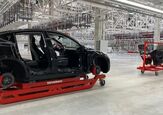


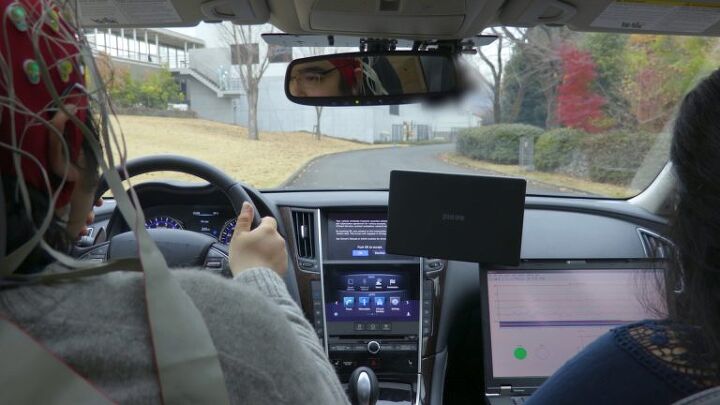













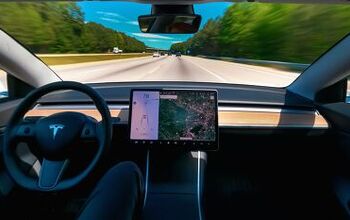

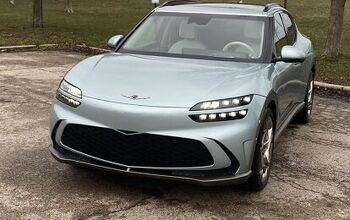





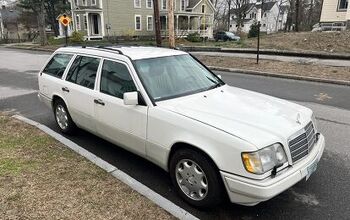
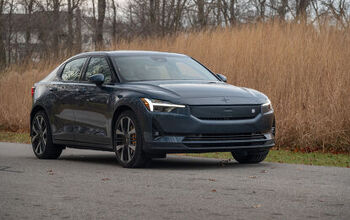
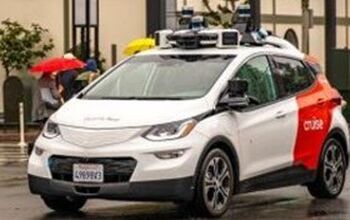
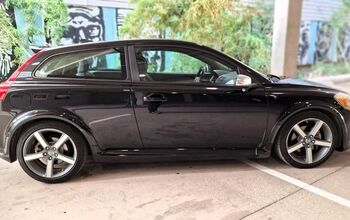
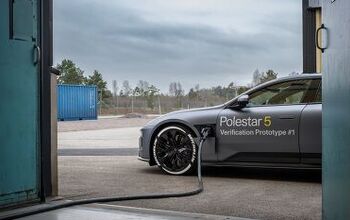




Comments
Join the conversation
Nissan: the car from Betazed.
Thinking "that car is doing 55 in the passing lane of a 75mph road, we should put him in the wall so he learns" Can I blame it on the car?